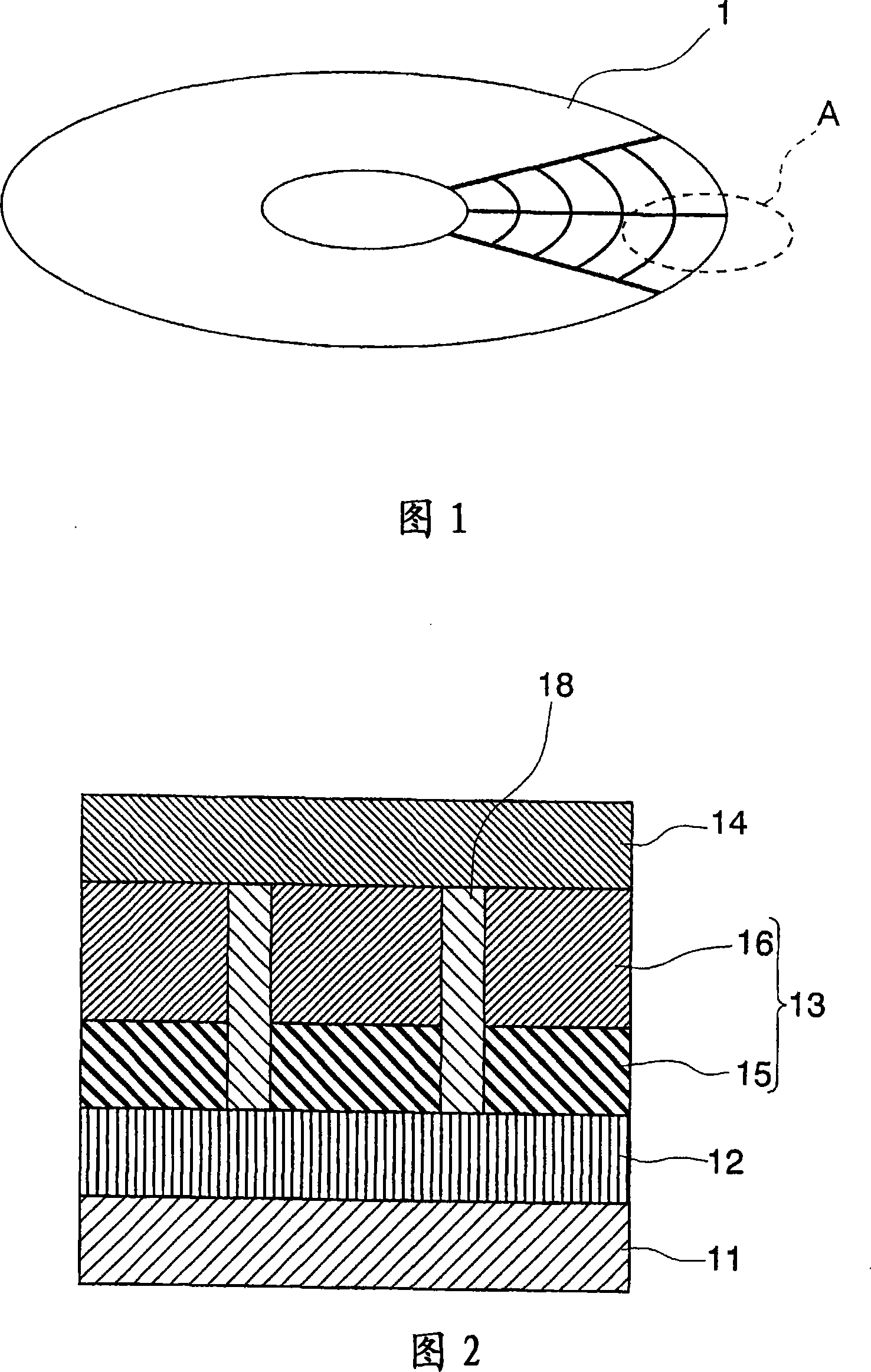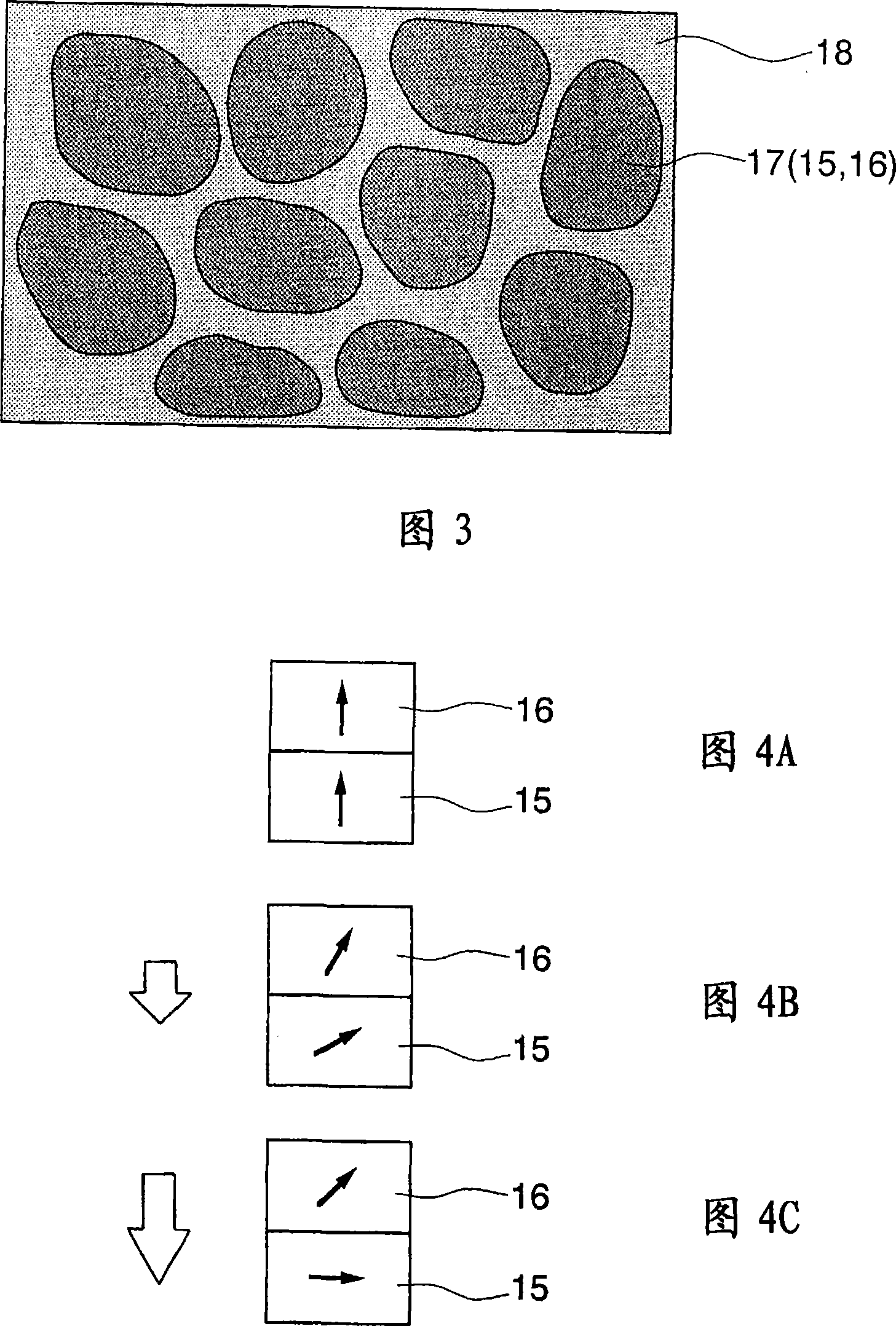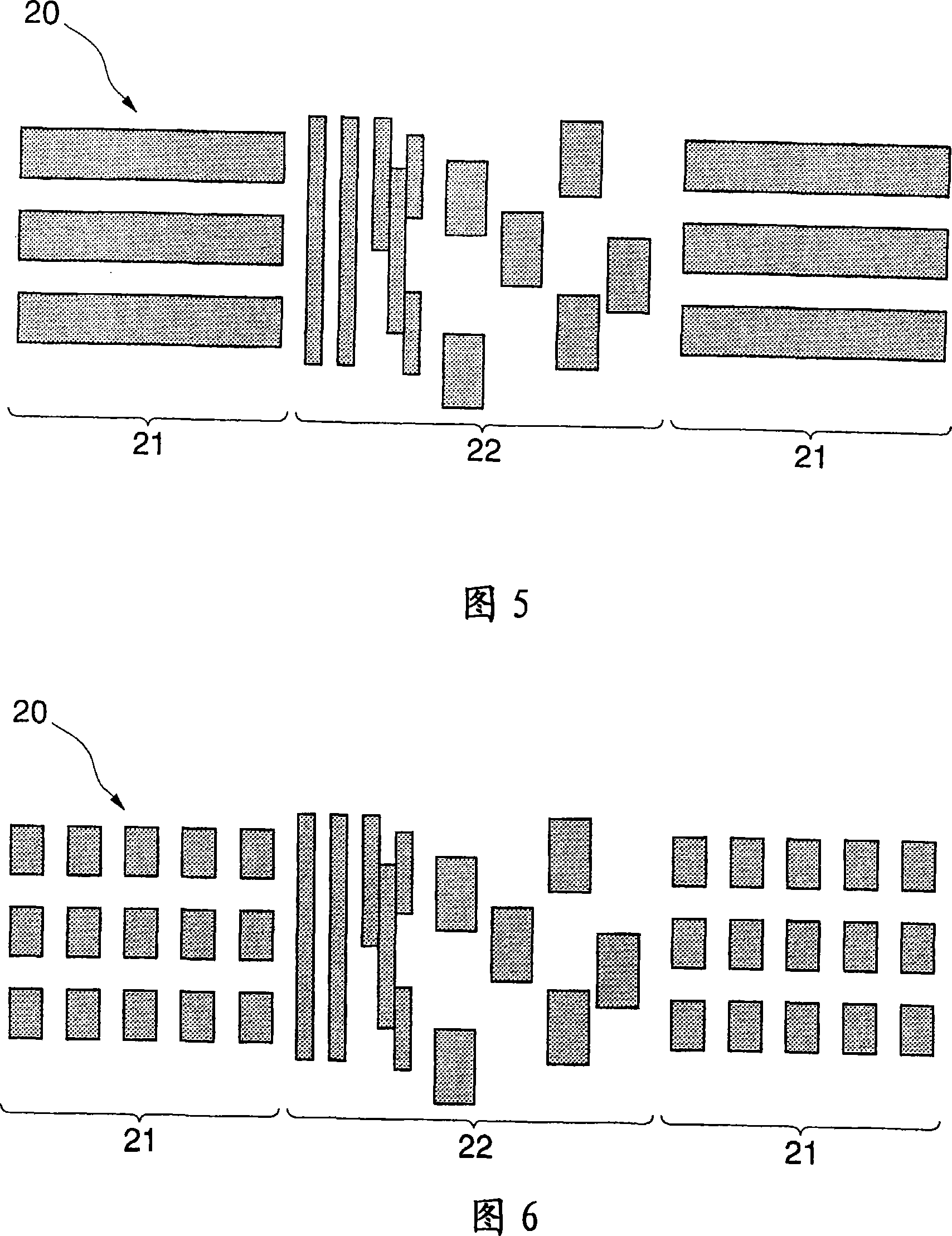Magnetic recording medium and magnetic recording and reproducing apparatus
A technology of magnetic recording medium and magnetic recording layer, applied in magnetic recording, data recording, recording information storage and other directions, can solve the problems of narrow material design space, affecting the recordability or stability of recording patterns, etc.
- Summary
- Abstract
- Description
- Claims
- Application Information
AI Technical Summary
Problems solved by technology
Method used
Image
Examples
example 1
[0100] In Example 1, LLG simulations were first performed to judge whether the coercive force Hc lowering effect in the present invention described above can occur within a certain practical range. The simulation results are shown in Figure 10.
[0101] In this simulation, the magnetic properties of the main recording layer were selected to have a magnetic anisotropy Ku of 6 Merg / cc and a saturation magnetization of 500 emu / cc. These values are close to the characteristics of CoCrPt used in the magnetic recording layer of the perpendicular magnetic recording medium. The magnetic properties of the sub-recording layer are selected as magnetic anisotropy Ku4Merg / cc, saturation magnetization Ms1000emu / cc. These values are close to the properties of CoIr. The exchange coupling constants within the magnetic crystal grains and between the main recording layer and the sub-recording layer were set to 0.5 µerg / cm. The grid size in the simulation is set to 1 cubic nanometer, and a...
example 2
[0112] In Example 2, based on the results in Example 1, a magnetic disk for a 2.5-inch hard disk drive described below was manufactured. First, a non-magnetic glass substrate (TS-10SX, manufactured by Ohara Inc.) was placed in the vacuum chamber of a sputtering system (type C-3010, manufactured by Canon ANELVA Company), and then, at 1 × 10 -6 The following layers were successively formed on the substrate in a vacuum of Pa: a soft magnetic underlayer composed of CoZrNb with a thickness of 100 nm, a Ta seed layer with a thickness of 5 nm, a Pt underlayer with a thickness of 10 nm, a Ru underlayer with a thickness of 10 nm, CoCrPt and SiO with thickness t1 = 18nm, 17nm, 15nm, 9nm, or 3nm 2 Main recording layer, Co with a thickness of (18-t1) = 0 nm, 1 nm, 3 nm, 9 nm, or 15 nm 80 Ir 20 Sub-recording layer, carbon protective layer with a thickness of 4nm. Next, remove the substrate on which the film layer sequence is formed from the vacuum chamber, and then cover the surface of ...
example 3
[0120] A magnetic recording medium was manufactured except that the thickness t1 of the main recording layer of the prepared sample was set to 9 nm, and the material constituting the sub-recording layer was CoFe, MnSb, FeC or Fe 3 The medium was the same as the magnetic recording medium in Example 2 except for Pt. The coercive force Hc of all these samples was 3 to 4 kOe, indicating that the coercive force Hc lowering effect was obtained.
PUM
| Property | Measurement | Unit |
|---|---|---|
| thickness | aaaaa | aaaaa |
| thickness | aaaaa | aaaaa |
| thickness | aaaaa | aaaaa |
Abstract
Description
Claims
Application Information
 Login to View More
Login to View More - R&D
- Intellectual Property
- Life Sciences
- Materials
- Tech Scout
- Unparalleled Data Quality
- Higher Quality Content
- 60% Fewer Hallucinations
Browse by: Latest US Patents, China's latest patents, Technical Efficacy Thesaurus, Application Domain, Technology Topic, Popular Technical Reports.
© 2025 PatSnap. All rights reserved.Legal|Privacy policy|Modern Slavery Act Transparency Statement|Sitemap|About US| Contact US: help@patsnap.com



